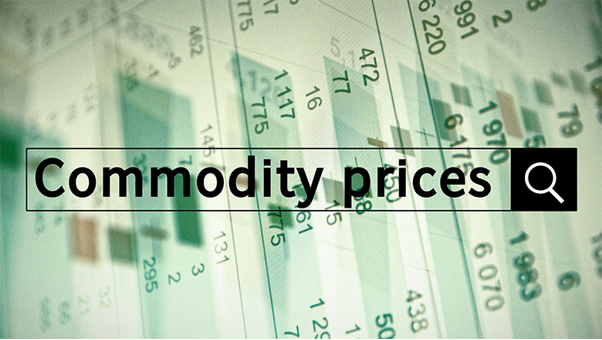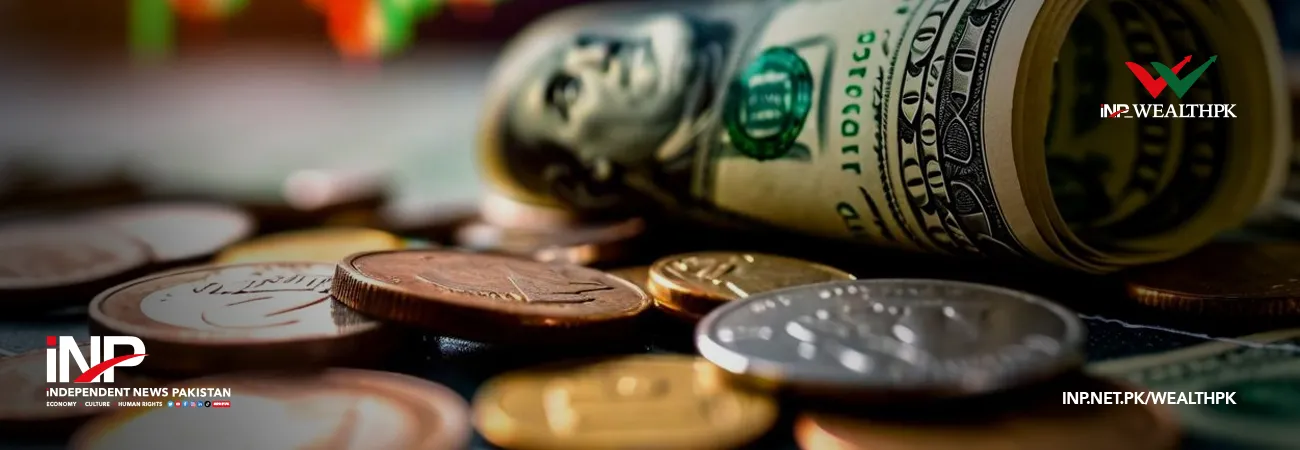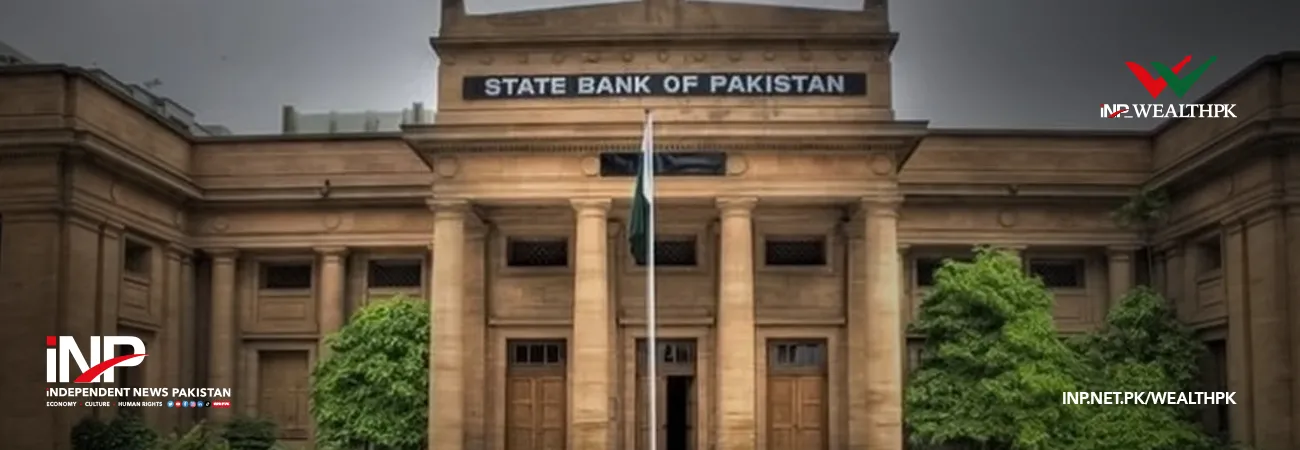INP-WealthPk
Moaaz Manzoor
Global commodity prices have shown mixed trends, with easing energy and food costs expected to support Pakistan’s inflation outlook and external stability, according to the Finance Division’s Monthly Economic Update & Outlook (October 2025).
The report said the international energy price index fell by 0.5 percent in September, driven by a 5.2 percent decline in Australian coal prices, partially offset by a 2.2 percent rise in U.S. natural gas prices. At the same time, metal prices rose by 2.9 percent, while precious metals surged 9.3 percent due to safe-haven demand. Fertiliser prices fell, while beverage prices remained largely unchanged.
The FAO Food Price Index averaged 128.8 points in September—slightly below August’s level—reflecting declines in cereals, dairy, sugar, and vegetable oils. The Finance Division said this moderation in food prices will help offset domestic price pressures caused by temporary supply disruptions from floods.
“Global disinflation is creating a favorable environment for Pakistan to sustain low inflation,” the report said. Inflation in Pakistan averaged 4.2 percent during July–September FY2026, down from 9.2 percent last year.
Economists said that easing international energy prices would help Pakistan’s current account balance and fiscal position. “A 1 percent decline in global oil prices saves hundreds of millions in import costs for Pakistan,” one analyst said.
The report also noted that the U.S. Federal Reserve’s recent rate cut—bringing its policy rate to 4.00–4.25 percent—could gradually ease global financing conditions, allowing emerging economies like Pakistan to refinance debt on more affordable terms.
However, the Finance Division cautioned that risks remain due to potential commodity shocks arising from geopolitical conflicts and climate-related events. “The global market remains vulnerable to supply disruptions that could reignite inflationary pressures,” it said.
The report added that Pakistan’s external sector remains stable, supported by remittance inflows and steady export growth. The current account recorded a $110 million surplus in September, while the State Bank of Pakistan's reserves stood at $14.5 billion.
Economists said that the alignment of global and domestic price moderation could allow the central bank to maintain its accommodative stance without risking price instability. “Stable energy and food prices provide room for growth-supportive monetary policy,” a Lahore-based researcher said.
The Finance Division concluded that global commodity stabilization, supported by fiscal prudence, positions Pakistan well for sustained disinflation and external balance. “Continued monitoring of international market trends will remain critical for maintaining price and exchange-rate stability,” it added.

Credit: INP-WealthPk













